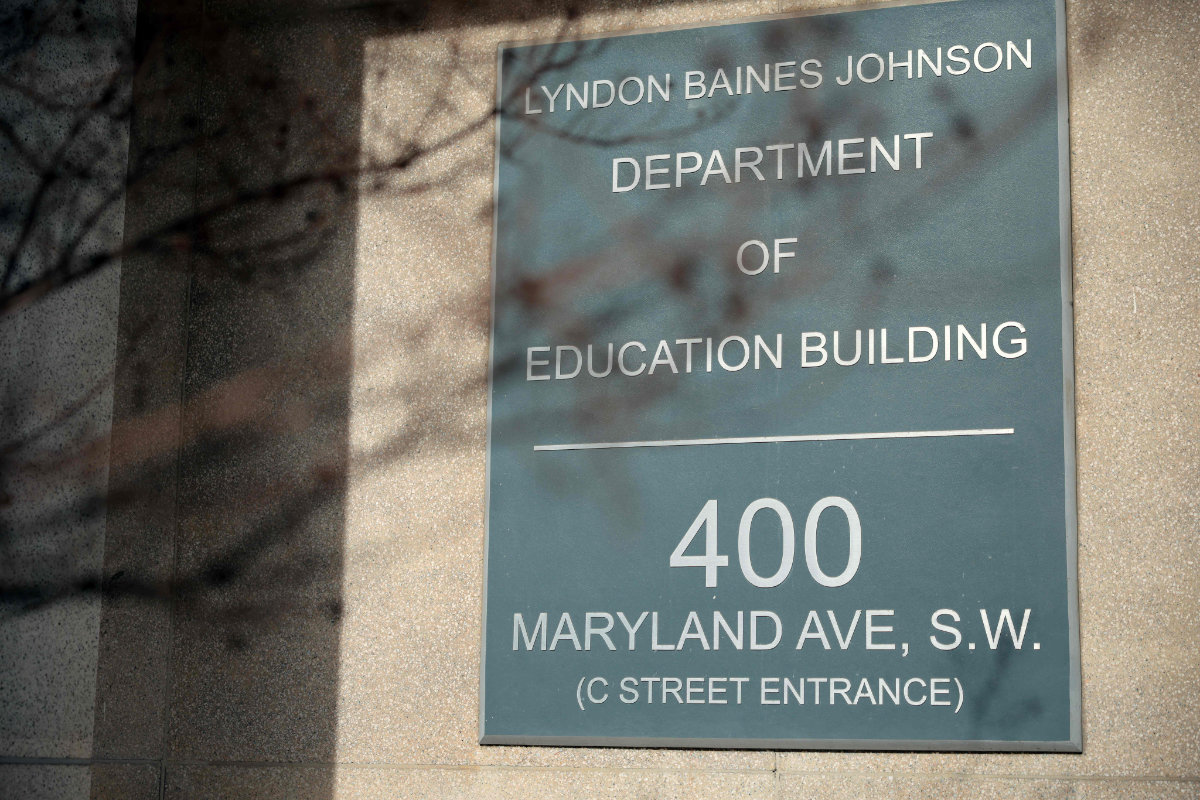Republican presidential candidate Donald Trump will try to show swing voters that his likely new rival, Vice President Kamala Harris, has her fingerprints all over two issues he is counting on for victory in November: immigration and the cost of living.
Sources within the Trump campaign said it will cast Harris, the likely Democratic candidate after President Joe Biden quit the race on Sunday, as the “co-pilot” of administration polices it says are behind both sources of voter discontent.
Biden’s sudden exit and endorsement of Harris has upended the race, just eight days after Trump survived an assassination attempt at a campaign rally.
Sources told Reuters that Trump’s campaign had for weeks been preparing for Harris should Biden drop out and she win her party’s nomination.
“Harris will be easier to beat than Joe Biden would have been,” Trump told CNN shortly after Biden’s announcement on Sunday.
Trump’s campaign has signaled it will tie her as tightly as possible to Biden’s immigration policy, which Republicans say is to blame for a sharp increase in the numbers of people crossing the southern border with Mexico illegally.
The second line of attack will revolve around the economy. Public opinion polls consistently show Americans are unhappy with high food and fuel costs as well as interest rates that have made buying a home less affordable.
“She’s the co-pilot of the Biden vision,” said one Trump adviser, speaking on condition of anonymity during last week’s Republican National Convention, where a unified party anointed Trump as its nominee in the White House race.
“If they want to switch to Biden 2.0 and have ‘Cackling’ Kamala at the top of the ticket, we’re good either way,” the adviser said, repeating an insult the campaign has been trying out for weeks focused on how the vice president laughs.
Make America Great Again Inc, a super PAC backing Trump, said on Sunday it was pulling anti-Biden television ads that had been set to run in the battleground states of Arizona, Georgia, Nevada and Pennsylvania and replacing them with an ad attacking Harris.
The 30-second ad accuses Harris of hiding Biden’s infirmity from the public, and it seeks to pin the administration’s record solely on her. “Kamala knew Joe couldn’t do the job, so she did it. Look what she got done: a border invasion, runaway inflation, the American Dream dead,” the narrator says.
Trump, known for using insulting and sometimes offensive language to attack his opponents, gave supporters at a rally in Michigan on Saturday a taste of the insults he is likely to fling at Harris in the coming days.
“I call her laughing Kamala. You ever watch a laugh? She’s crazy. You can tell a lot by a laugh. She’s crazy. She’s nuts,” he said.
ALTERED RACE
The Democratic Party has yet to determine how to move forward, and there is as yet no guarantee that Harris will emerge as the party’s nominee despite Biden’s endorsement.
Harris as the Democratic nominee would alter the race in perhaps unforeseen ways, political strategists said.
A 59-year-old woman who is Black and Asian-American would fashion an entirely new dynamic with Trump, 78, offering a vivid generational and cultural split-screen. The United States has yet to elect a woman president in its 248-year history.
Rodell Mollineau, a Democratic strategist and longtime congressional aide, said Harris would be able to mount “a more energetic campaign with excitement from younger voters and people of color” after Biden struggled to energize these important Democratic Party voting blocs.
A former prosecutor and California attorney general as well as a former US senator, Harris would be able to use “her years of litigation experience to effectively prosecute Trump in the court of public opinion,” Mollineau said.
Chip Felkel, a Republican strategist, cautioned that it would be a mistake for the Trump campaign to assume Harris could serve as a simple stand-in for Biden, because of her potential appeal to different parts of the electorate.
Recent polls have shown Harris to be competitive with Trump. In a hypothetical head-to-head matchup, Harris and Trump were tied with 44 percent support each in a July 15-16 Reuters/Ipsos poll.
Before Sunday, the Trump campaign had already begun discussions about how they would redeploy campaign resources should Biden drop out of the race, according to a source with direct knowledge of the matter.
Jeanette Hoffman, a Republican political consultant, said despite the contrasts Harris would bring to the ticket, her close ties to Biden would be a drag on her candidacy.
Harris “doesn’t represent the change America is looking for,” Hoffman said.
MAGA Inc. CEO Taylor Budowich said his group has commissioned opposition research on several possible Democratic candidates. “MAGA Inc. is prepared for all outcomes of a Democrat Party who has only brought chaos and failure,” he said.
Trump campaign switches gears to confront a Harris challenge
https://arab.news/grvex
Trump campaign switches gears to confront a Harris challenge

- Trump campaign to cast Harris as ‘co-pilot’ of administration polices it says are sources of voter discontent
- Donald Trump: ‘Harris will be easier to beat than Joe Biden would have been’































